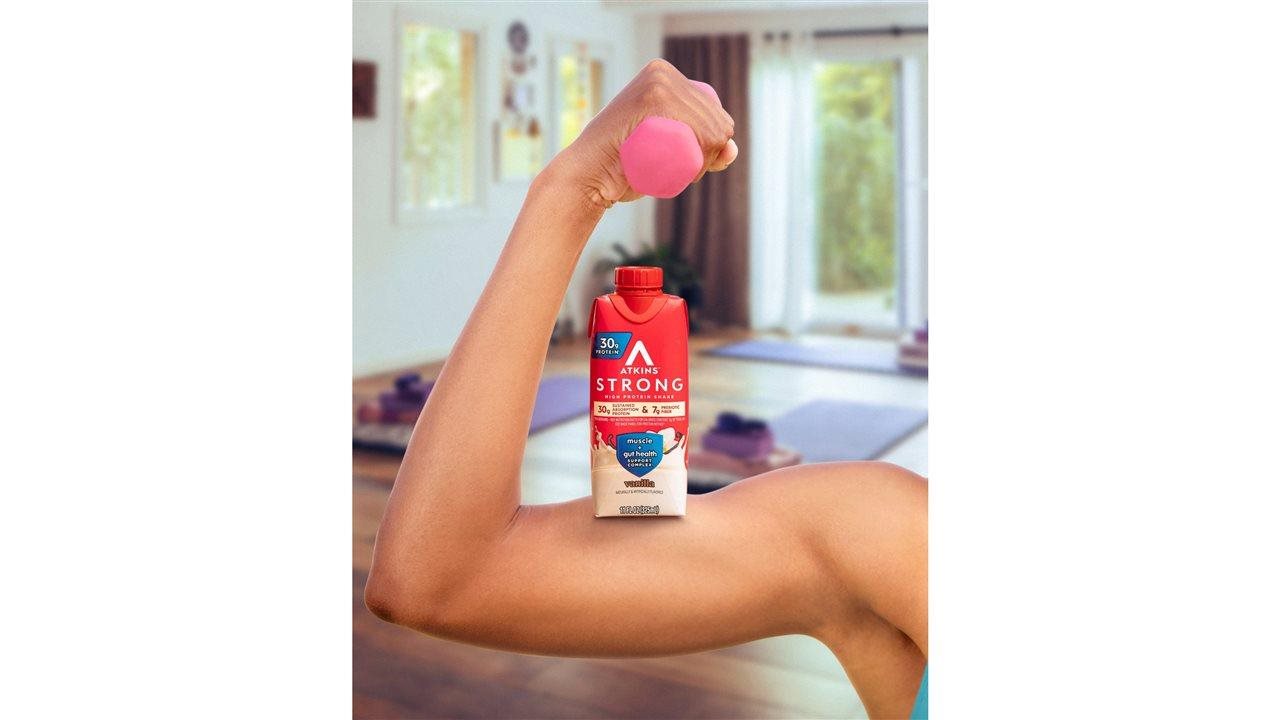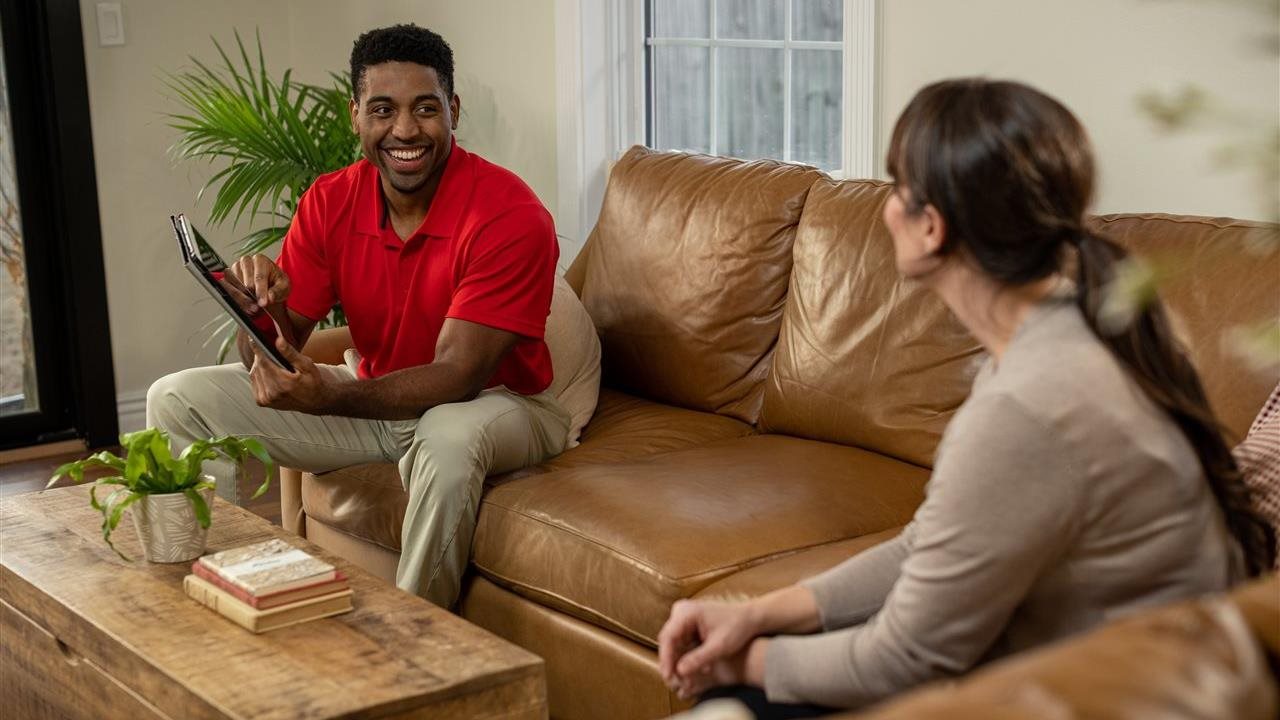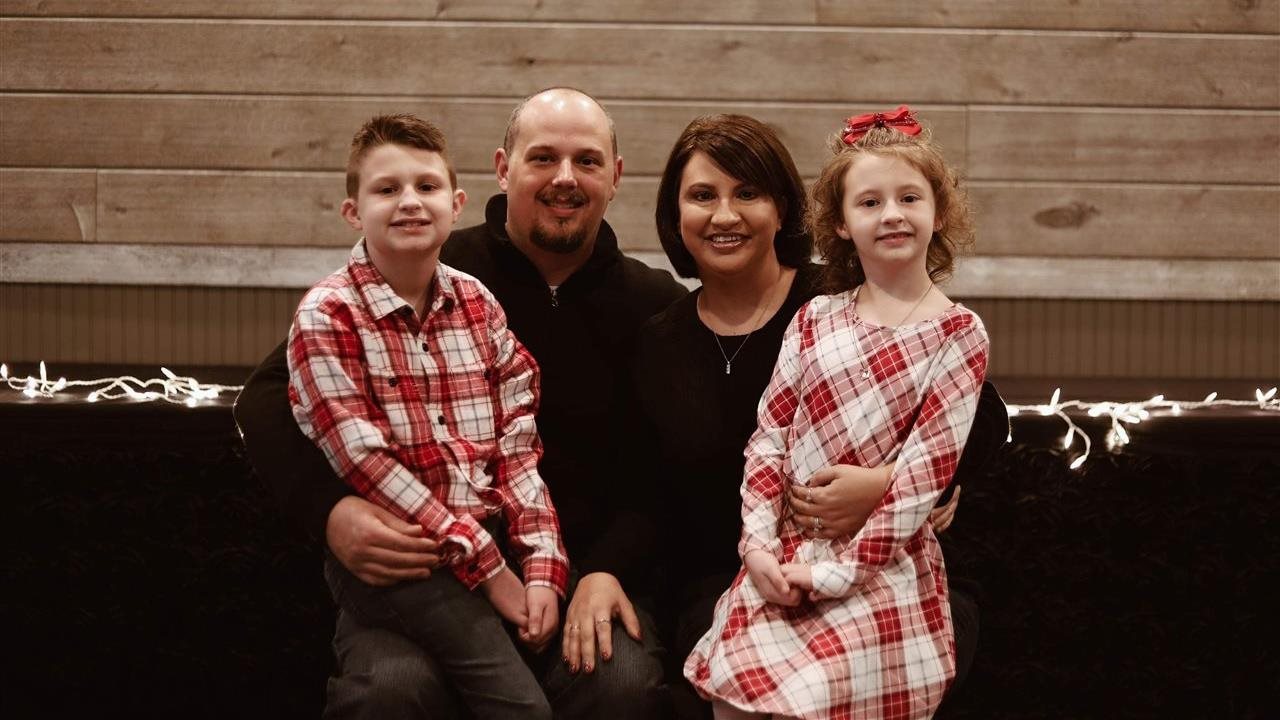2024-09-26T01:13:00
(BPT) – Are you one of the many people working hard to maintain your weight and live a healthy lifestyle? If you’re using GLP-1 medications or transitioning off them and want to maintain your healthy habits and wellness, you may be interested in tips to help you maintain your hard-earned progress.
With renewed focus on high-protein and high-fiber foods that also have low carb and low sugar content, the Atkins Strong line offers a convenient way to support the long-term health and wellness goals of anyone seeking a healthier lifestyle.
“The Atkins Way isn’t just a diet, it’s a lifestyle,” says actor and long-time Atkins spokesperson Rob Lowe. “It has completely changed my approach to eating well. It’s about really enjoying what you eat while feeling your best. I’m thrilled to have the opportunity to continue to spread this message to the world.”
These tips can help you keep your focus strong.
Focus on protein
Whether you’re planning meals or grabbing a quick snack, choosing options that are high in protein will help boost your energy, no matter what your day has in store. While it’s easy to center meals on high-quality proteins you love, high-protein snacks can be harder to find.
For quick, easy and tasty snacking options with plenty of protein, Atkins Strong 30g Protein Shakes come in three great flavors: Chocolate Peanut Butter, Milk Chocolate and Vanilla). You can enjoy them at home or on the go just as they are, or combine them with your favorite coffee beverage for a quick pick-me-up. Each shake provides 30 grams of sustained absorption protein that helps maintain lean muscle and support muscle health, while keeping you feeling energized throughout the day.
Go for more fiber
According to Harvard Health, the best foods for increasing fiber intake include legumes (beans and peas), fresh fruits and vegetables, whole grains (like brown rice, whole wheat and oats), nuts and seeds. High-fiber foods are nutrient dense, helping to aid digestion and keeping you feeling fuller, longer. For an easy, on-the-go high-fiber snack, remember that Atkins Strong 30g Protein Shakes offer 7 grams of prebiotic fiber.
Ease up on carbs
Choosing low-carb food options for meals and snacks will also support you on your wellness journey. What are low-carb foods? For example, lean proteins, non-starchy veggies (think leafy greens, broccoli, carrots and tomatoes), nuts or seeds, plus fruits like apples and berries are all options that can help you keep your carbs to a minimum.
When you need a quick and easy low-carb snack, remember: Atkins Strong 30g Protein Shakes contain minimal carbs, just 9 grams per serving.
What about your sweet tooth?
Choosing lower sugar options is healthier, but many people naturally crave something sweet. The good news is, you can satisfy your sweet tooth and support your well-being at the same time. Atkins Strong products offer protein-packed decadence, so you can enjoy the deliciously smooth flavor you love, without a ton of sugar.
To help you get started, here’s a tasty recipe that can use your favorite shake, along with other ingredients offering nutrients your body needs, like peanut butter and avocado.
Atkins Strong Chocolate Peanut Butter Avocado Pudding
Ingredients
1 serving Atkins Plus Creamy Milk Chocolate Shake
1 fresh avocado
1 scoop chocolate milkshake protein powder, gluten free
3 tablespoons creamy peanut butter, natural
2 tablespoons cocoa powder, unsweetened
1 teaspoon vanilla extract
1 pinch table salt
1 1/2 teaspoons cacao nibs, organic
Directions
1. In blender, combine shake, avocado, protein powder, 2 tablespoons peanut butter, cocoa powder, vanilla and salt on low until uniformly broken up. With blender off, scrape down sides of the jar, then process on high until thick and very well combined, at least 3 minutes.
2. Pour pudding evenly into three servings, about 1 1/2 cups in each, and refrigerate until chilled, at least 4 hours.
3. To serve, drizzle 1 teaspoon warmed peanut butter and 1/2 teaspoon cacao nibs over each serving.
Tip: Avocado provides the textural base for this tasty, nourishing pudding. For best results, the avocado should be nicely ripe, without stringy fibers or dark spots. The recipe uses 136 grams of avocado, about a rounded 1/2 cup mashed for consistency (since whole avocadoes can vary in size considerably). Note that the specific chocolate-flavored protein powder you use will also impact the texture of the final pudding. This recipe used the Quest brand, but if you use another brand, try adding half the amount, then adding more, blending thoroughly between additions, until a thick pudding-like texture develops.
Keep your wellness progress going strong with the Atkins Strong line range of protein-packed, low-carb products designed to support healthy lifestyles. You’ll find tips, recipes, products and more to support your wellness journey at Atkins.com.






















